
Do you have a question about the Atmel ATtiny25 and is the answer not in the manual?
| Architecture | AVR |
|---|---|
| Flash Memory | 2 KB |
| SRAM | 128 B |
| EEPROM | 128 B |
| Clock Speed | 20 MHz |
| I/O Pins | 6 |
| PWM Channels | 2 |
| Operating Voltage | 1.8V - 5.5V |
| ADC | 4 channels, 10-bit |
| Communication Interfaces | SPI, I2C, USART |
| Operating Temperature Range | -40°C to 85°C |
| Timers | 8-bit Timer/Counter with PWM, 16-bit Timer/Counter with PWM |
| Package | 8-pin PDIP, SOIC-8 |
Pin configuration details for ATtiny25/45/85, showing pin functions for SOIC and QFN packages.
Introduces the ATtiny25/45/85 as a low-power AVR microcontroller with RISC architecture.
Covers CPU core, architectural overview, ALU, status, and general purpose registers.
Details instruction timing, reset, and interrupt handling mechanisms.
Describes Flash, SRAM, EEPROM, and I/O memory spaces and their characteristics.
Details clock sources (RC, Crystal, PLL) and the system clock prescaler.
Details the MCU Control Register for power management and sleep mode selection.
Explains the different sleep modes and their features for power saving.
Describes the PRR for stopping clocks to peripherals to reduce power consumption.
Lists and describes the various reset sources like Power-on, External, Watchdog, and Brown-out.
Details the On-chip Brown-out Detection (BOD) circuit and its configuration.
Lists the interrupt vectors and their definitions for ATtiny25/45/85.
Covers port configuration, general I/O, and switching between input/output.
Explains alternate functions of port pins and overriding signals.
Details the PORTB, DDRB, and PINB registers for I/O port control.
Details the External Interrupt Control Register for interrupt sense control.
Covers the GIMSK for enabling external and pin change interrupts.
Explains operational modes and register descriptions for Timer/Counter0.
Details Timer/Counter1 operation and the Dead Time Generator for PWM.
Covers USI modes (3-wire, SPI, 2-wire) and register descriptions.
Details Analog Comparator Control and Status Registers for configuration and interrupts.
Explains selecting ADC pins as the negative input to the Analog Comparator.
Lists ADC features and describes its operation, including channel and reference selection.
Explains manual and auto-triggered ADC conversion start methods.
Details how to read and interpret ADC conversion results in different modes.
Covers debugwire features, physical interface, limitations, and registers.
Explains memory lock bits and the functionality of fuse bytes.
Details serial programming methods including SPI and HVSP.
Covers programming Flash, EEPROM, Lock bits, and Fuse bits using HVSP.
Lists the stress ratings that may cause permanent damage to the device.
Provides DC characteristics across temperature and voltage ranges.
Shows supply current graphs for different modes versus frequency and VCC.
Details pin pull-up, driver strength, and threshold characteristics.
Covers BOD thresholds and internal oscillator frequency characteristics.
Lists available package types like T5 and PC with their specifications.
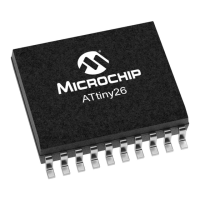

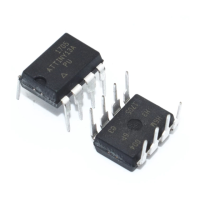
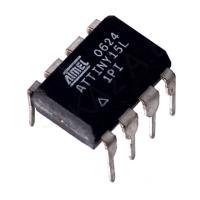

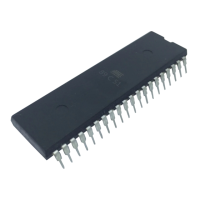
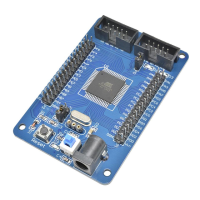

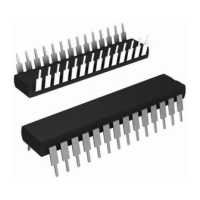
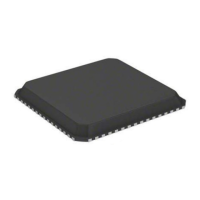
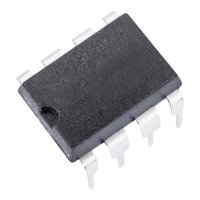
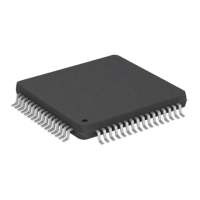
